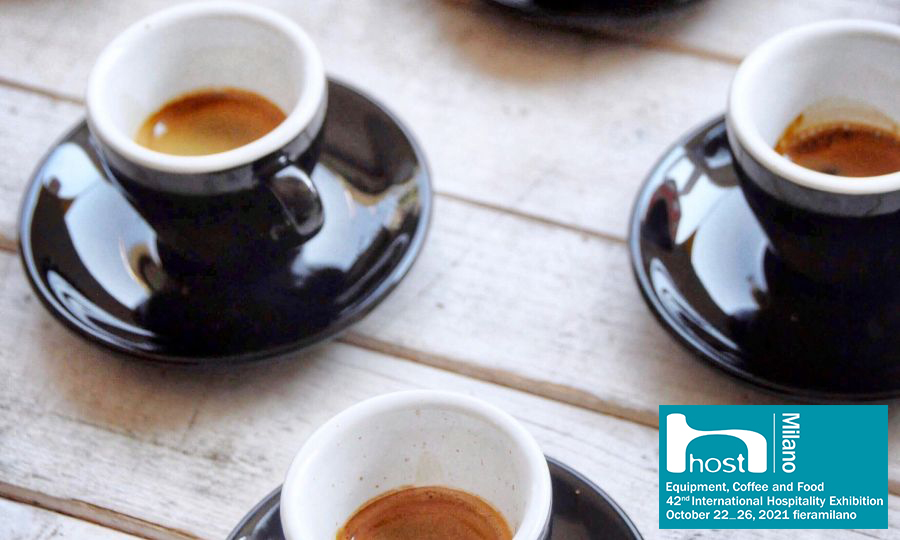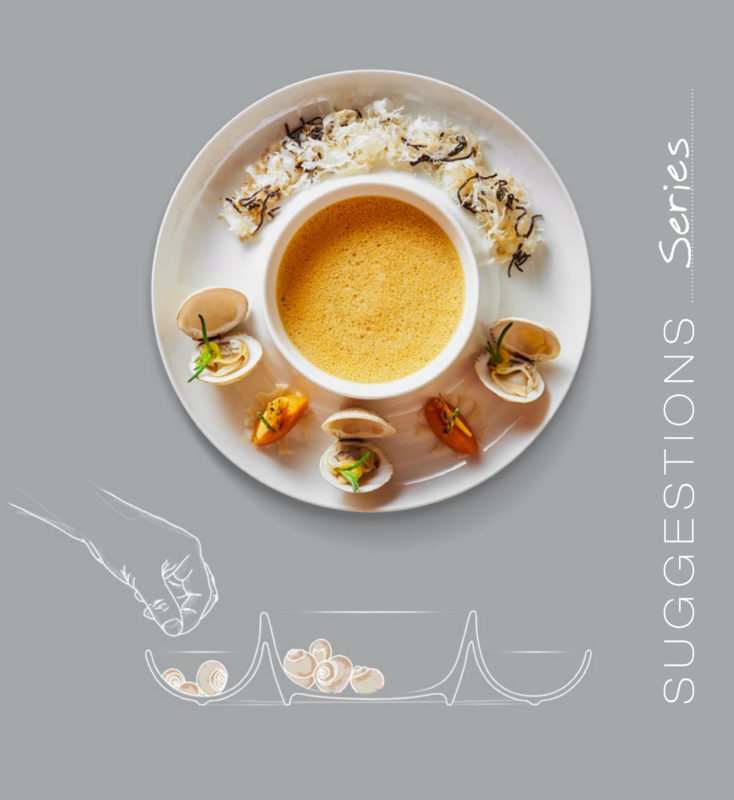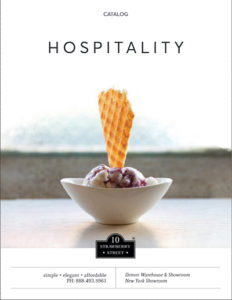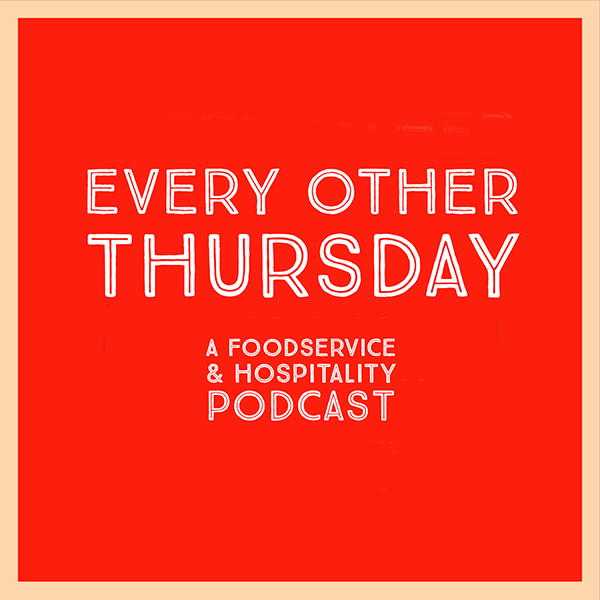From the folks at Host Milano comes this story on coffee and its importance within the culture of Italy…….
As the world’s third largest importer of green coffee and the third largest exporter, Italy is widely recognised as the home of coffee. Now things are also developing on the domestic front.
Italians have certainly always loved their coffee. A fact that was borne out by a recent survey conducted by AstraRicerche for Consorzio Promozione Caffè. The figures certainly indicate its high level of popularity: 96.6% of 18- to 65-year-olds drink coffee or a coffee-based beverage, at least on an occasional basis. Nearly four Italians out of ten drink between two and three cups of coffee a day and the same proportion drink between three and four. And while 90.3% said they mostly drink it at home, the pleasant atmosphere and cleanliness of bars make them the second most popular place (excluding 2020, when many remained closed), with 65% of preferences (as compared with 77.5% in 2014, when the previous study was carried). All of which confirms that spending time at a bar remains one of the symbols of the Italian Way of Life. So much so that 60.3% said that in this last difficult year they missed the ritual of going to a bar for a coffee, considering it a life-saver, and associating it with thoughts of wellbeing, and feelings of comfort and warmth. For eight out of ten Italians it is, quite simply, one of life’s pleasures.
And yet things are changing in Italy: while remaining faithful to “standard” coffee (i.e. a cup of espresso), Italians are becoming more curious about alternative forms of the beverage, such as cappuccino or caffè ristretto. And although just one third said they knew much about the processes involved in getting coffee “to the cup”, nearly eight out of ten of those interviewed said they would like to know more about the different varieties, and the various aspects of origin, processing and flavour.
And clearly all this passion was always going to find expression outside Italy’s borders, as a symbol of one aspect of Italian style that is exported to the rest of the world. “Espresso is growing in popularity around the world and Italian quality blends are fortunately still widely appreciated,” says Michele Monzini, the newly elected president of CPC. “Made in Italy enjoys a place on the market that non-Italian producers don’t have. And we need to be clever at holding onto this space, exporting quality and telling the story of how we create our blends for espresso. On top of that we should also remember that Italians are the unrivalled leaders when it comes to the manufacture of espresso coffee making machinery, and this also acts as a driving force for coffee made in Italy.”
The love of Italian-made coffee will survive the Covid-19 crisis, say 78.8% of companies approached for a research study by Università Roma Tre for UIF, while 15.9% believe there will be an impact, but only a temporary one.
Italy is the third leading country for imports of green coffee (behind the USA and Germany) and third (after Germany and Belgium) for volumes of coffee exported, in all its forms.
In 2019, according to Istat, the volume of green coffee imports was 10.2 million 60-kilo sacks, up 1.48% on 2018. The volume of green coffee transformed by Italian companies stood at around 10 million sacks (up 1.16% on 2018) and exports of roasted coffee totalled 5.2 million sacks of the equivalent in green coffee, an increase of 16% on 2018.
“Exports did indeed fall in the first six months of 2020, but by roughly 3%, while the domestic market fell by 16%,” says Monzini. “I believe that in the first half of 2021 exports will be a fundamental way of maintaining sales for Italian coffee concerns, together with retail. At the moment the Far East is doing well. The Chinese market is not particularly well developed in terms of Italian roasted coffee, but it is growing.”
The main destinations for Italian roasted coffee exports are EU countries (which account for over 60% of the total), mainly France, Germany, Austria and the UK. Top of the list of non-EU countries are Switzerland, the USA, Australia, Russia and Canada, and a growth is being seen in exports to Eastern Europe, Israel, Saudi Arabia, China and South Korea.
For more information on Host Milano, please visit: https://host.fieramilano.it/en






